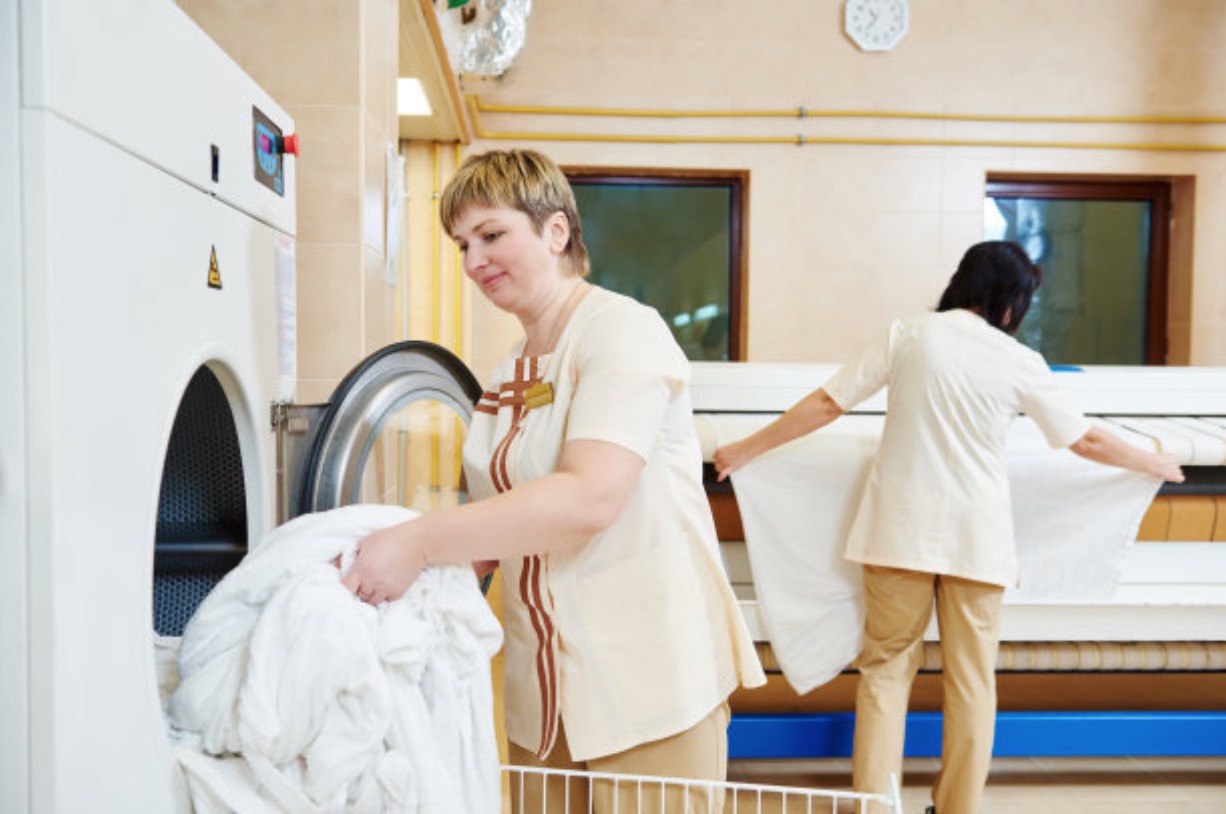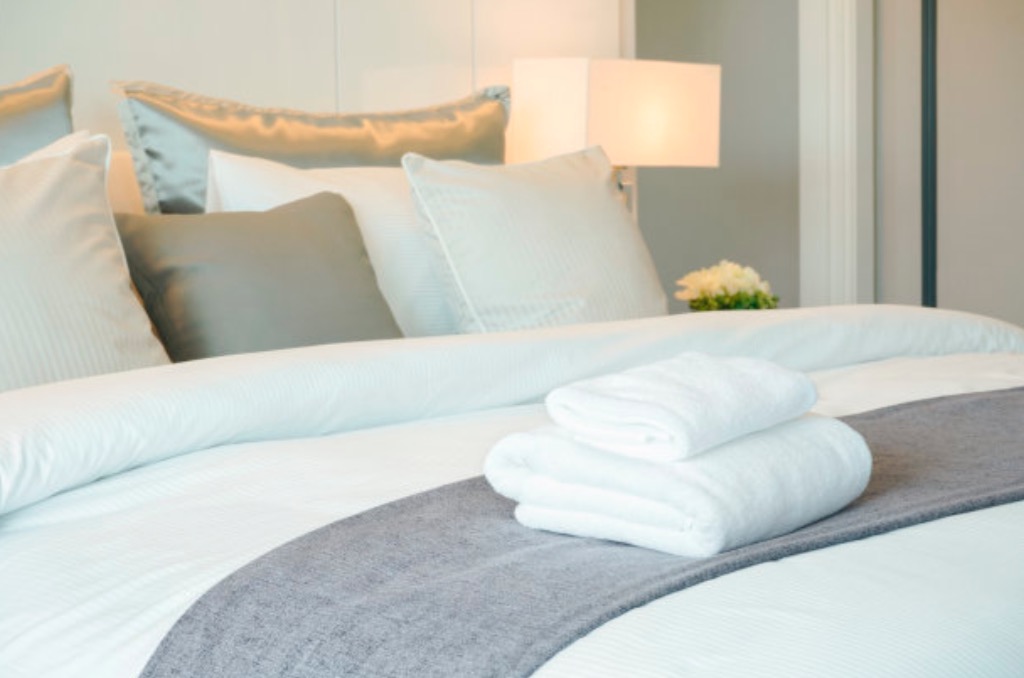Hotel linen washing is a very important job in the hotel's daily management. Do you know the 10 steps of hotel linen washing? Let’s see the following steps:

1. Check the classification
First, classify linen before washing for more effective results.
Classified by color of linen. Different linen processing together may cause mutual contamination, and the same linen processing methods of different colors are also different.
Classified according to the degree of stains on the linen. It is divided into three categories: heavy stain, medium stain and slight stain.
Classified by category of stains on the linen. This classification method is aimed at the special stain that the linen has in the process of use. These special stains are generally treated with special stain removers. If the heavy-stain linen is routinely treated with the same kind of general-stain linen, it will cause a lot of backwashing and waste.
Classified by linen texture, such as cotton sheets, polyester-cotton sheets, etc., which should be handled separately. Generally the sheets and pure cotton, with same stains, will take longer time, higher temperature and larger proportion of washing products than polyester cotton. Therefore, it is beneficial to improve productivity and save costs by classifying and processing according to the texture of the linen.
Floor towels should be specially separated and washed and dried on a separate machine.
2. Stain removal treatment
Stain removal refers to the process of applying some chemicals and correct mechanical action to remove stains that cannot be removed by conventional washing and dry cleaning. Stain removal work requires certain operating skills and professional knowledge.
3. Rinse and pre-wash
Using the action of water and mechanical force, the water-soluble stain on the washed fabric is washed away from the fabric as much as possible, and a good foundation is laid for the main washing and decontamination. A rinsing step is generally used for the washing of medium and heavy stain. Pre-washing is a pre-staining process with the addition of an appropriate amount of detergent. Due to the surface tension of water, water can not adequately wet the stain. For particularly severe stains, pre-washing is a mandatory step. Pre-washing can generally be arranged after the rinsing step or directly start the pre-washing process.
4. Main wash
This process uses water as the medium, the chemical action of the detergent, the mechanical action of the washing machine, and the proper concentration of the lotion, temperature, sufficient action time and other factors to closely cooperate to form a reasonable washing and decontamination environment to achieve the purpose of decontamination. .
5. Bleaching
This process is a supplementary step for the main washing and decontamination, and mainly removes the pigmented stain that cannot be completely removed in the main washing step. Oxidative bleach (Oxygen Bleach Liquid) is mainly used in this step. Therefore, in the operation, the water temperature should be strictly controlled at 65℃-70℃, and the pH value of the detergent should be controlled at 10.2-10.8, and the dosage should be strictly controlled according to the type of stain and fabric structure.

6. Rinsing
Rinsing is a diffusion process, which allows the remaining stain-containing detergent components in the fabric to diffuse into the water. A certain temperature (generally 30°C to 50°C) is applied during this process. The high water level quickly reduces the concentration of the detergent, so as to achieve the purpose of cleaning.
7. Dehydration
The centrifugal force generated when the drum of the washing machine rotates at a high speed is used to reduce the moisture content of the fabric in the drum. This process requires relatively high equipment performance.
8. Peracid neutralization
Detergents commonly used in washing are alkaline. Although it has been washed many times, it cannot be guaranteed that there will be no alkaline components. The presence of alkaline substances will have a certain impact on the appearance and feel of the fabric. These problems can be solved by the neutralization reaction between acid and alkaline.
9. Softening
This process is a washable process. Generally, the softening treatment is set according to customer needs, which belongs to the post-processing process. The soft treatment makes the fabric feel comfortable and prevents static electricity. It can lubricate the inside of the fabric to prevent the fibers from being tightly entangled with each other and falling off.
10. Starching
The starching step is mainly aimed at cotton products or mixed fiber fabrics such as tablecloths, napkins, and certain uniforms in restaurants. After starching, it can make the surface of the fabric stiff and prevent fluffing. At the same time, a layer of serous film is formed on the surface of the fabric, which has a certain hindering effect on the penetration of stain.
Email: business@skylarkchemical.com
Phone/Whats/Skype: +86 18908183680
Post time: Jul-25-2022











